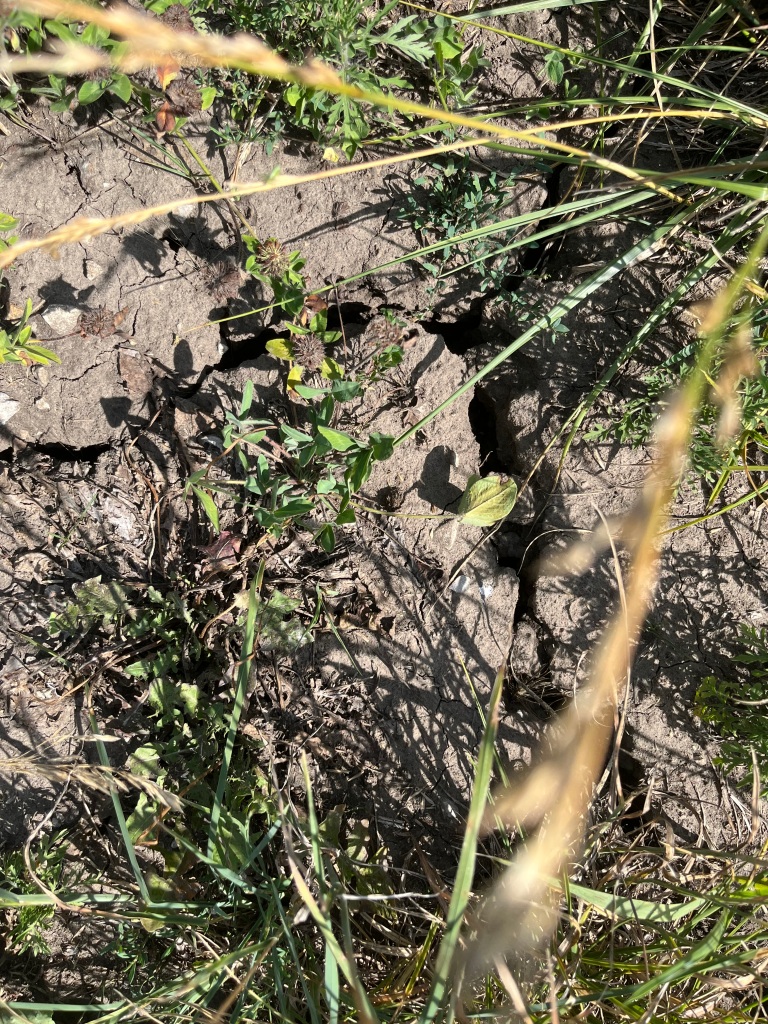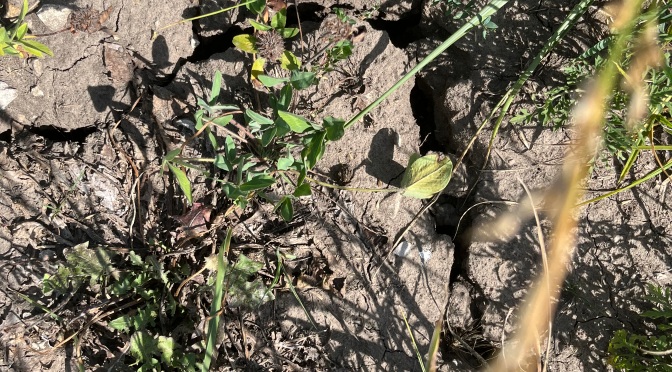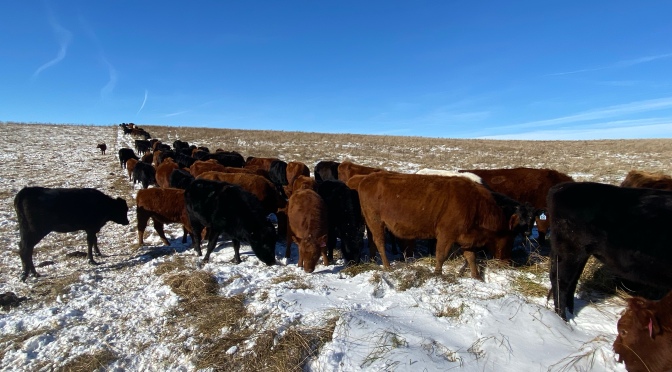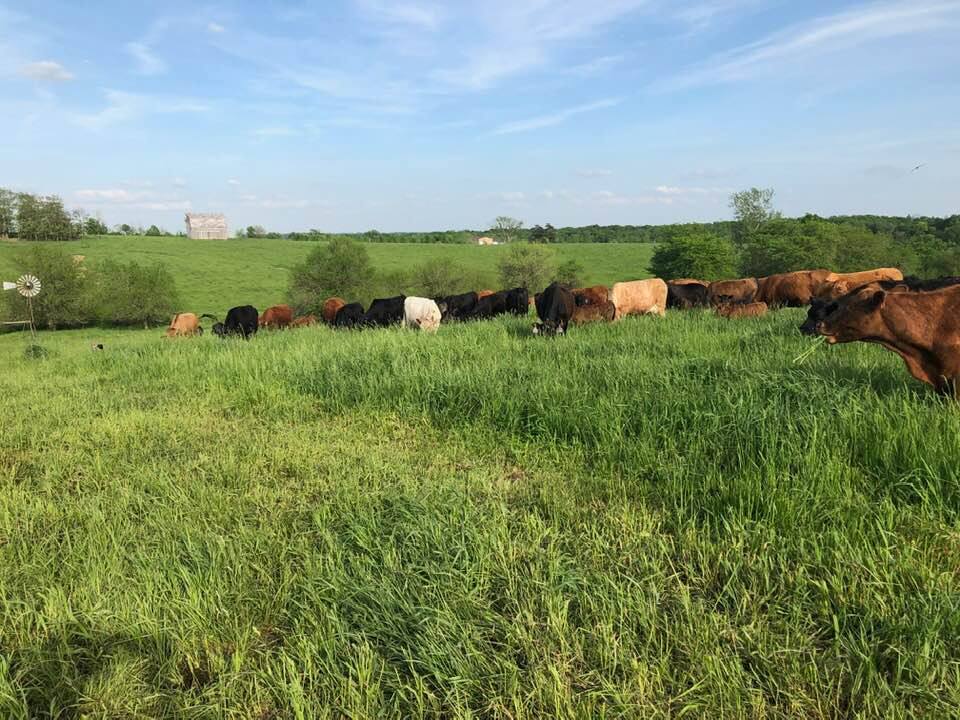North Missouri, along with some other states and areas, are experiencing deepening drought. (Currently in Linn County, MO, severe drought 6 July 23 according to US Drought Monitor). It is important to initiate protection of future grasslands production and health, so destocking those areas sooner rather than later is imperative. Each ranch or farm is unique with differing missions and goals, so there is no silver bullet with which animals need to go first and how to plan ahead. However, like many decisions to be made, there are principles to follow.
- Immediately take full accounting of current inventory of forages. This includes grasses and hay. Of course, we don’t know when or if it will rain again, but at a certain date – say July 1 for us, we definitely know how much forage is available now and what will be available for winter grazing.
- If there are some tax helps from selling due to drought, contact your tax man or read up to see what the rules are to take advantage of any tax strategies which may mitigate the increased income from sales. Be careful not to offset income with unnecessary depreciating assets considered ‘monuments to tax avoidance.’
- It’s easier to sell dry bred stock vs those with young calves just from a logistical standpoint. Any bred stock calving out of season (late calving or fall calving) without calves are good candidates for shipping. Often, too, fall calvers may be easier to sell than the May-June spring calvers unless you can find a specialty market. Most ranchers want Feb-Mar calving cows.
- Yearlings or stockers could be sold immediately if you need to maintain a quality cow herd. However, selling cows (depreciating assets) first may be preferable – especially if you haven’t been culling and have a lot of poor producers, bad dispositions, bad bags, or other nasty qualities.
- Sell pairs. This is difficult if you have been carefully selecting quality cows for years, but it may be that it must be done. The mantra to sell ‘old, open, and onery’ is a good guideline, but old may be your best cows – keep the calves – sell the cows. Otherwise, it’s easy to pull off the bottom 30% to 50%. It’s been said that everyone has a bottom 30% and that’s likely very true and those are easy to identify. Check the forecast and hopefully find a cool day or start early and walk the pairs into the corral. Plan ahead so that the cows are near the corral or in a large holding area the night before to simplify this task. Tag the calves and pair them with their mums. Cows, by and large, will depreciate in value – they’ve reached their limit, but do bring in a ticket. It had better be a good ticket.
- If possible, cull down to the number of mouths which can be fed through the winter without substitutionary feed (IE hay, grain, etc)
- In regards to replacement heifers – many experts will say to sell them, take the cash or send them on to feedlots. However, if these have been carefully selected for decades and represent the future (after the drought), then I question selling them out. You cannot buy better or more adapted genetics for your operation. Same goes for replacement bulls. They eat half as much feed as a cow and should be appreciating in value vs decreasing.
- One herd is preferable to multiple. This is one of the best strategies for managed grazing hands down, drought or no drought. If you are still chasing around 4 or more pastures with a few cows everywhere, this is a recipe for disaster for the pasture, cows, and labor (huge lack of harmony). Stop it. Going a step further, identify the pasture which potentially can produce winter grazing as close to your headquarters as possible. This may mean shifting around animals, but long run will be easier to feed hay and check/chop water through the long winter months if closer to home.
Turning the group into a large pasture with no mobbing will result in overgrazing and undergrazing on the same field. I recommend to the extent you can muster a nonselective grazing scheme as proposed by Jaime Elizondo. Other teachers hit close to the mark with once a day moves. One must remember that nonselective grazing requires a steady, stable, and somewhat uniform diet to keep the ‘bugs’ in the rumen intact and healthy. Observe manure for proper digestion of forages. It might mean feeding some sort of high protein if your drought or mature forage has lignified. In north Missouri, grasses will try to grow within three-four days of being grazed. Consider using a back fence to protect those tender plants from a second bite.
- Drought times or life changes may not be the best time to implement major changes in your operation which may cause excessive challenges. It may be tempting to breed heifers as yearlings even if you haven’t done so for years so that you get a ‘ticket’ earlier after destocking, but remember that you may have calving difficulties that have not been an issue in the past – are you physically capable of dealing with that? No one else wants to.
What are your destocking strategies? Drought is not the only reason for culling heavily. Plan well ahead so life changes don’t sneak up on you and disaster looms resulting in a complete sell out. Have an annual, month by month, schedule written down and have an exit strategy in times of turmoil so that difficult decisions are not made in the midst of emotional upheaval. Recognize your own physical and emotional limits and start making changes. In fact, reducing labor, unnecessary work, and expenses at any time is likely a good strategy even before you have to do it. Mindfully, consider that no one else has your passion to micromanage livestock for no reason and little pay. The management of 100 years ago, 50, or even 20 years ago will NOT work in today’s extremely tight margin economy.
Create something beautiful today.
Livestock and Pasture Resources:
Kick the Hay Habit – Jim Gerrish
Real Wealth Ranching – Jaime Elizondo
For giggles and a reality check!
Top Ten reasons not to cull that Old, Open and Ornery Cow




























